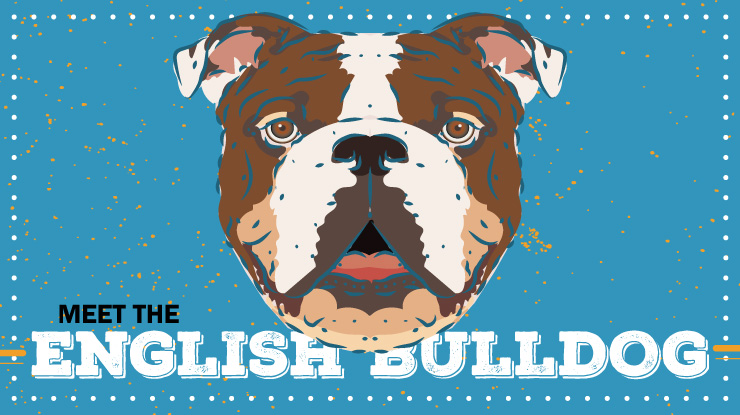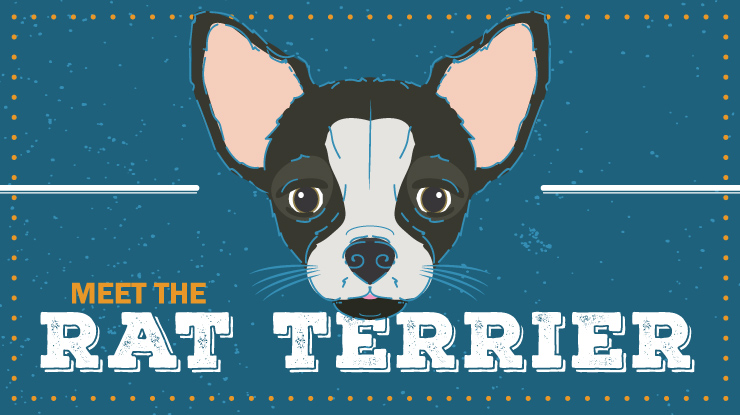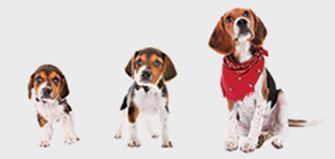![breed-profile_English-Bulldog-preview.jpg]()
English Bulldog Breed Spotlight
December 9, 2020 Breeds & InformationToday, many organizations are out to save the English Bulldog breed by adjusting stringent breed standards that reward for physical extremes (such as a flat head profile), to be less punishing and extreme. By allowing the English Bulldog to have a muzzle and less wide forequarter, the dogs are better able to tolerate heat, whelp naturally, breath better, and generally enjoy a better quality of life. No other breed is more deserving than the English Bulldog. Responsible breeders are on board with the newer style of conformation, which, ironically, is more in line with how the Bulldog originally appeared. CKC encourages all who know and love the English Bulldog to read the English Bulldog standard and strive to apply it to their dogs and breeding stock
Read More![continental-kennel-club_breed-profile_Shar-Pei-preview.jpg]()
Shar-Pei Breed Spotlight
November 6, 2020 Breeds & InformationThe history of the Chinese Shar-Pei can be traced as far back as the Han Dynasty (200 CE), with Shar-Pei-like dogs being found on pottery dating back over 2000 years. Due to the shared demographics and geography, as well as some physical similarities, the Shar-Pei is believed to share common ancestors with both Chow Chow and Mastiffs. The ancestors of the modern-day Shar-Pei were originally used for hunting, herding, sentry work, the cruel sport of dogfighting, and even as a food source.
Read More![breed-profile_rat-terrier-preview.jpg]()
Rat Terrier Breed Spotlight
October 12, 2020 Breeds & InformationThe Rat Terrier is thought to have descended from several different breeds, beginning in England in the 1820s when a Smooth Fox Terrier was bred to a Manchester Terrier. This produced a remarkable dog that was both strong-willed and relentless in his hunt for rats and other vermin. They were feisty little dogs, which is why the English first called them “Feists.”
Read More![breed-profile_Treeing-Walker-Coonhound-Preview.jpg]()
Treeing Walker Coonhound
September 10, 2020 Breeds & InformationHound-type dogs historically accompanied immigrants to the United States from Europe. Many of these dogs were imports from England, Ireland, and Germany. Hunting was a way of life throughout the south, and these dogs were essential in putting food on tables, putting clothes on backs, and bringing in money for furs, as well as ridding farms, homesteads, and properties of animals that would threaten a family’s livelihood. They hunted an array of quarry, including squirrels, raccoons, foxes, coyotes, deer, and bears.
Read More![continental-kennel-club_breed-profile_Black-Mouth-Cur-preview.jpg]()
Black Mouth Cur Breed Spotlight
August 14, 2020 Breeds & InformationAlthough there are many hypotheses regarding the origin of the breed, the history of the Black Mouth cur remains slightly murky. Stories of the dogs are well documented throughout the South by families who have kept the dogs for generations.
Read More















